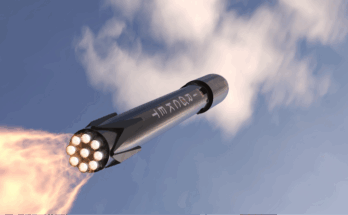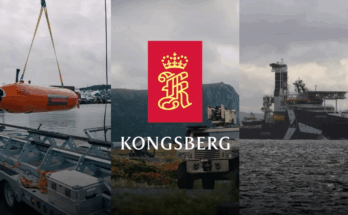by Richard Pettibone, Aerospace & Defense Companies Analyst, Forecast International.
In spite of a market slowdown, Kaman expects aerospace and defense to be its key revenue drivers going forward. Aerospace revenues will be steady as airframers deal with massive order backlogs. The ongoing conflicts in the Middle East will continue to drive sales for fuzing products in defense.
Kaman has always been keen on maintaining a balance between its aero and industrial operations. While aerospace programs tend to bring in more income, they also tend to be subjected to the swings we are currently seeing in the submarkets, or civil and military cycles.
To maintain that balance, the company has been actively managing its portfolio of operations through acquisitions and divestitures. Over the past few years, Kaman divested non-core operations and acquired operations it believed had the potential for growth in the aerospace and defense markets. As economic tides have ebbed, Kaman has initiated some consolidation in its Industrial operation, closing four facilities and consolidating four others. These actions were driven in part by slowing energy and mining markets.
Following a 12-year hiatus, Kaman restarted K-MAX production in mid-2015. The company plans an initial production run of 10 helicopters, and hopes to ultimately exceed this number. As of the end of 2015, Kaman had garnered firm orders for five helicopters and taken initial deposits on three more. Deliveries of new K-MAX helicopters are scheduled to begin in early 2017.
During the program’s hiatus, Kaman retained the necessary tooling and machinery required for K-MAX production. Because the helicopter is already fully developed and certified, the firm expects non-recurring costs involved in the production restart to be minimal. The production revival will provide Kaman with something of a running start as it pursues military contracts for the K-MAX; recent military interest in the K-MAX has revolved around its use as an unmanned aerial vehicle, and unmanned and manned versions of the helicopter could roll off the same production line.
The Marines successfully used the unmanned K-MAX in Afghanistan. The helicopters are now being utilized for further military testing and capability demonstration purposes. Unmanned or optionally piloted versions of the K-MAX are also being explored in the civil marketplace. In October 2015, the firefighting capabilities of an unmanned K-MAX were demonstrated to the U.S. Forest Service and the U.S. Department of the Interior. The Interior Department intends to fully integrate UAVs into its contract firefighting operations by 2020.
The Defense & Aerospace Companies series focuses on worldwide aerospace and defense prime contractors and subcontractors. Concise reports provide data on individual corporations regarding recent mergers, restructurings, and joint ventures, along with a Strategic Outlook that examines the company’s strengths, weaknesses, and opportunities. Also included in each report are financial and industrial segment data, snapshot coverage of major programs, and recent U.S. Department of Defense contract awards.
For 50 years, Forecast International intelligence reports have been the aerospace and defense industry standard for accurate research, analysis, and projections. Our experienced analysts compile, evaluate, and present accurate data for decision makers. FI's market research reports offer concise analysis of individual programs and identify market opportunities. Each report includes a program overview, detailed statistics, recent developments and a competitive analysis, culminating in production forecasts spanning 10 or 15 years. Let our market intelligence reports be a key part of reducing uncertainties and mastering your specific market and its growth potential. Find out more at www.forecastinternational.com




